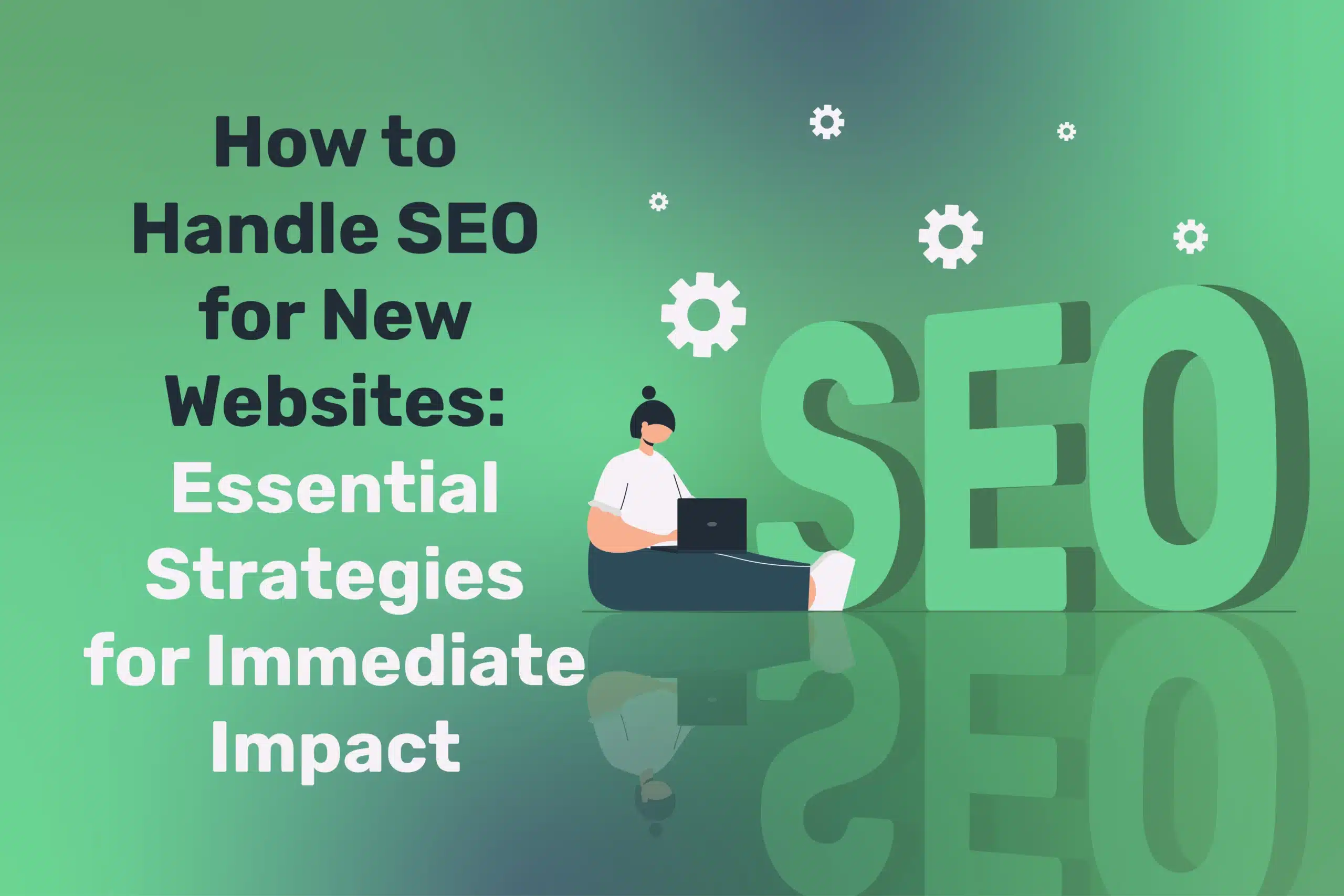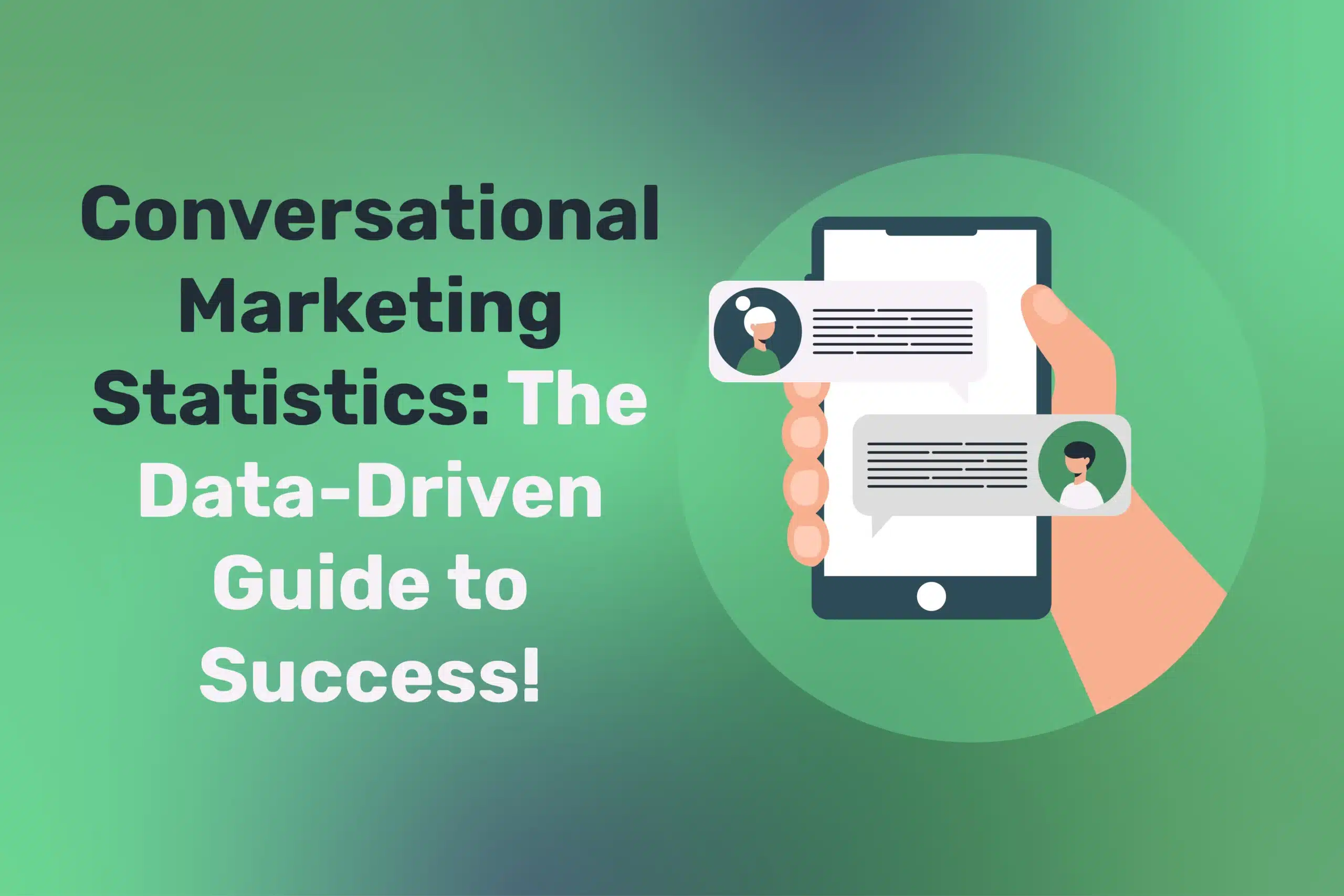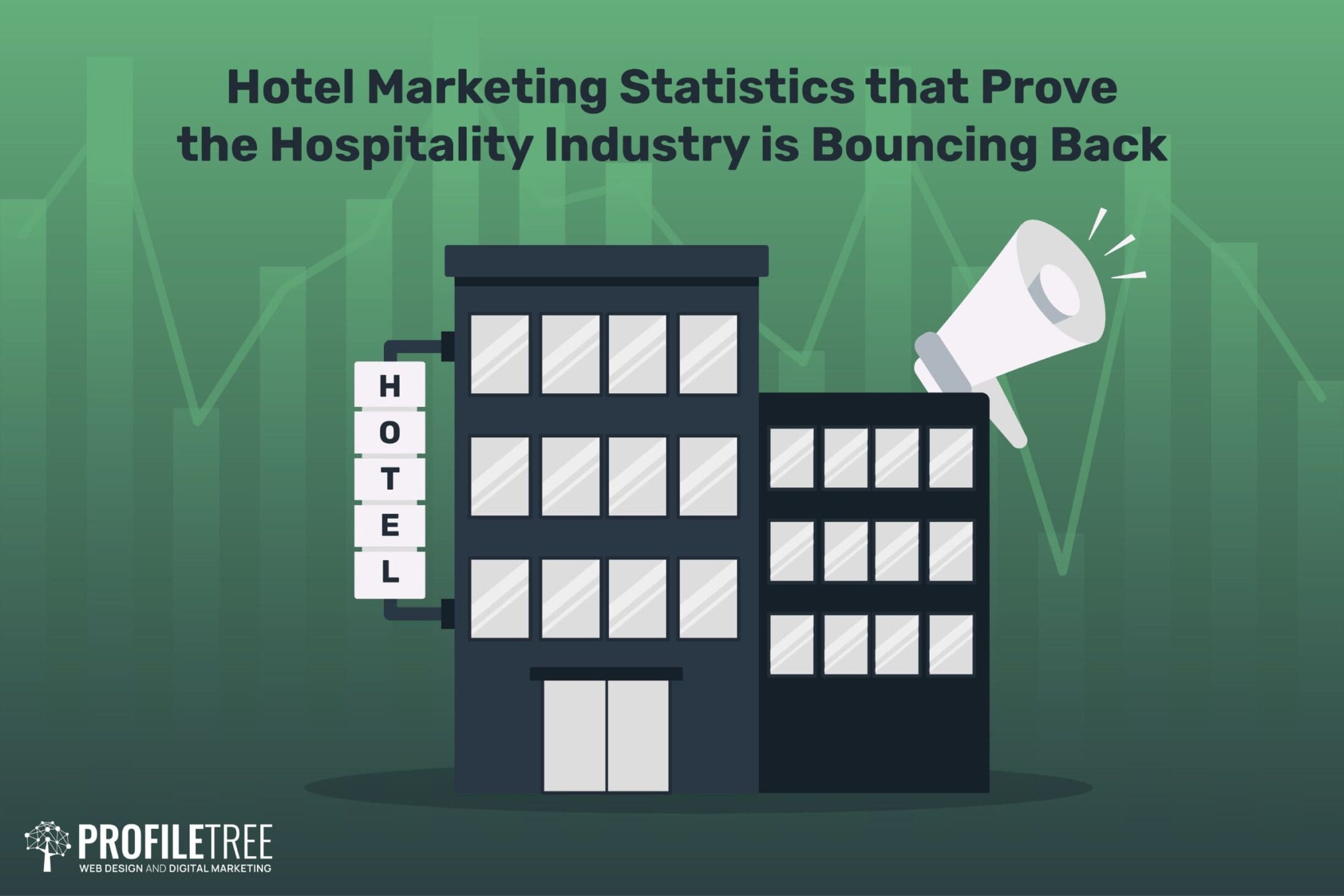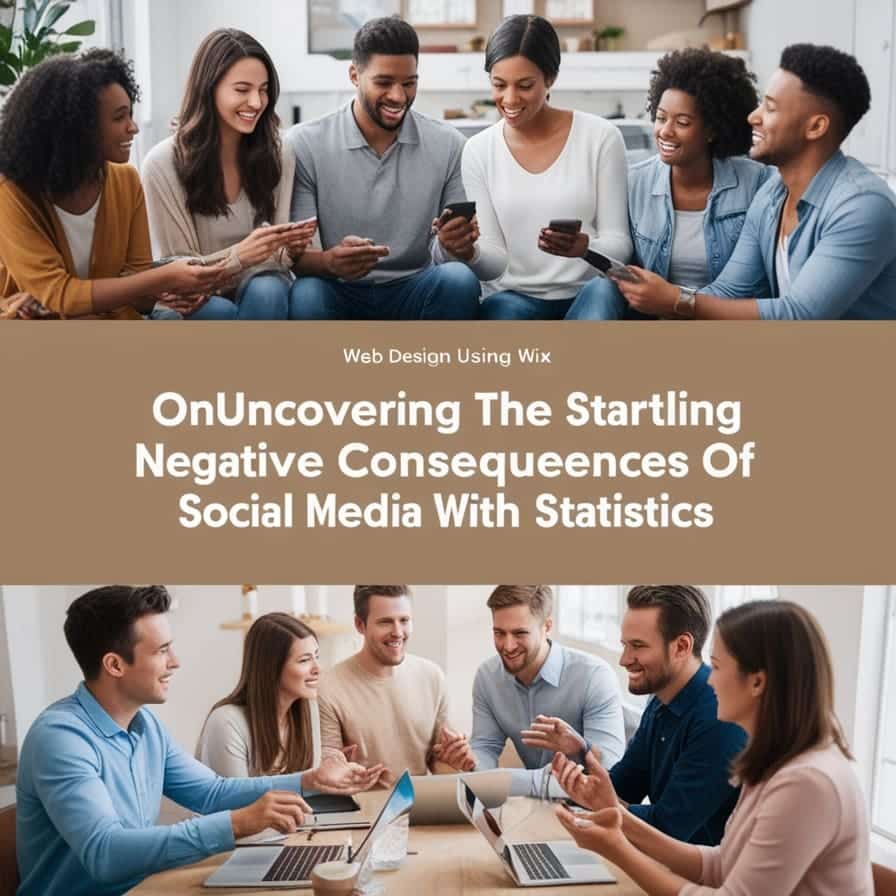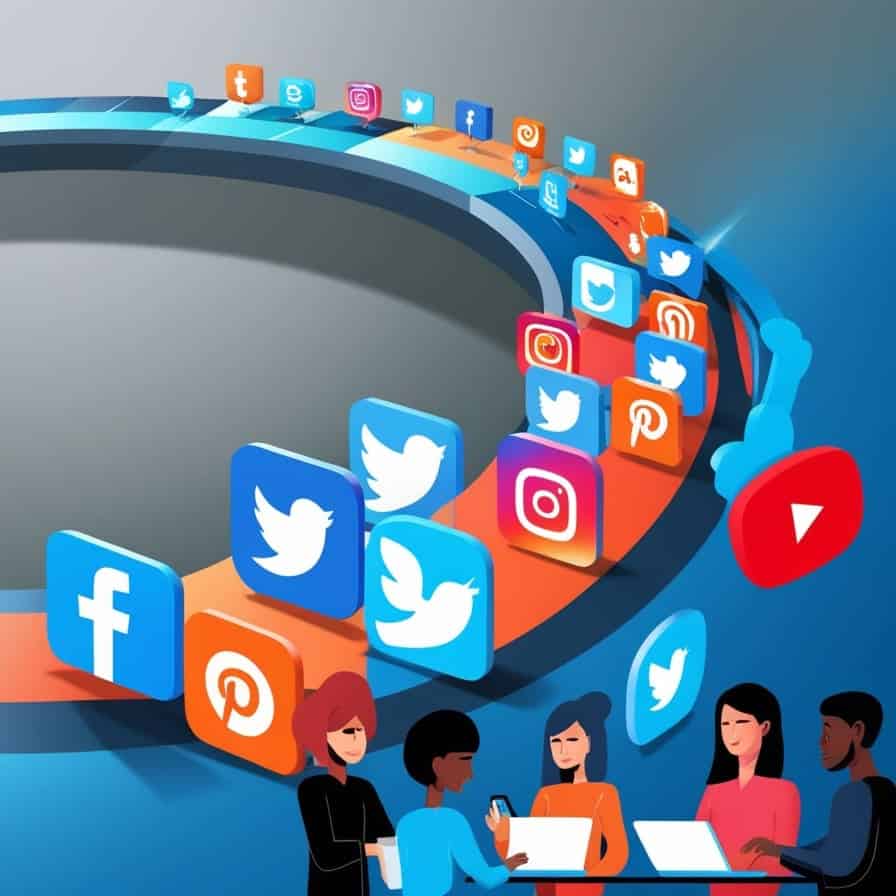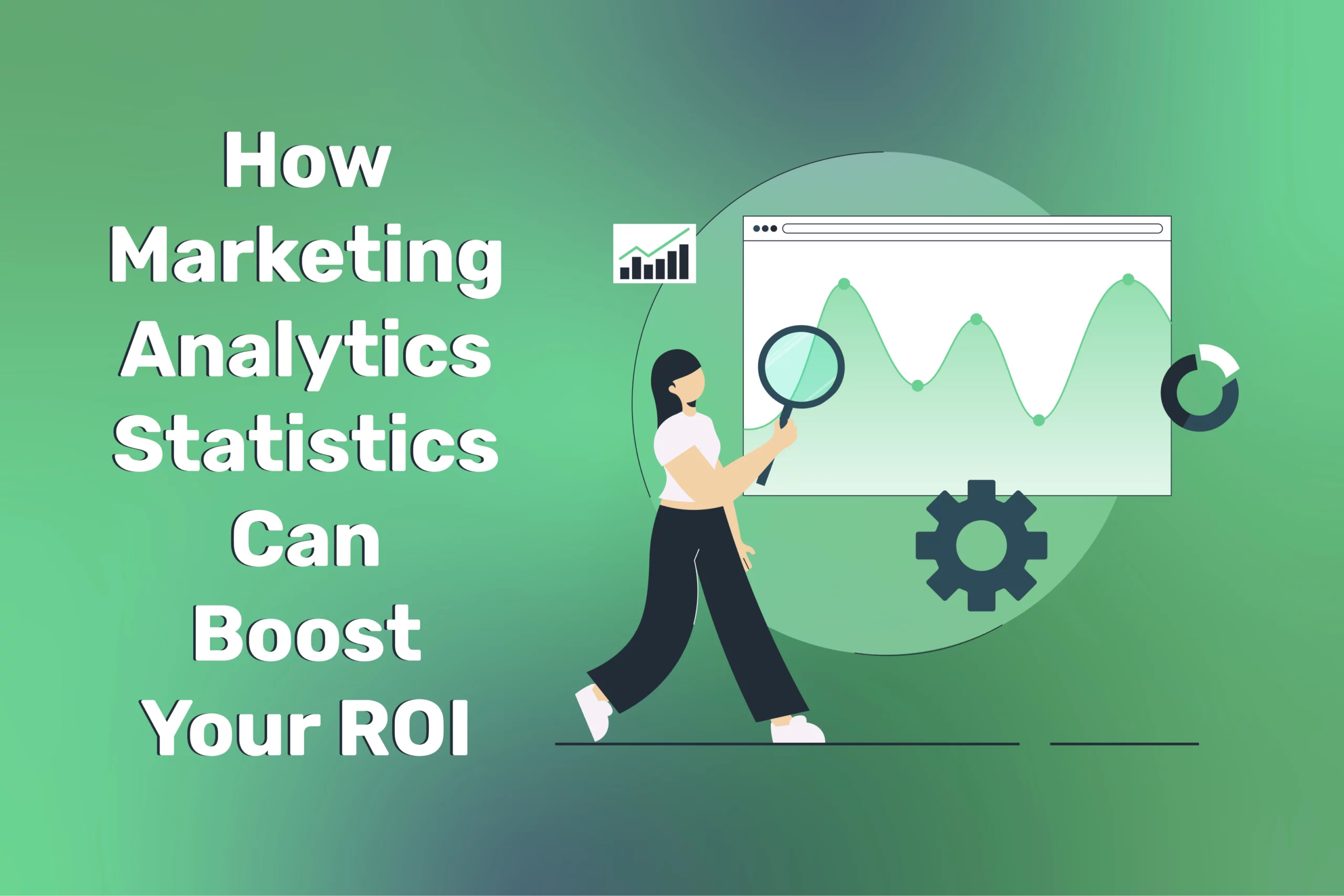Uncovering the Startling Negative Consequences of Social Media with Statistics 2024
The prevalence and impact of social media in our modern society is truly astonishing. Today, people turn to social platforms to stay connected with their friends, family, and communities and for businesses to promote their products and address customer concerns effectively. In fact, many consumer-oriented websites now incorporate social features like comment fields to foster engagement.
Nearly everyone has a reason or more to utilise social media, and it has undeniably brought numerous benefits. However, it is essential to acknowledge that there are negative consequences of social media.
With this in mind, we aim to illuminate some eye-opening statistics that showcase the negative consequences of using social media heavily. These facts may lead readers to reconsider and reevaluate their perceptions surrounding social media and develop better and healthier habits.
In the early years, social media platforms were primarily designed to connect people digitally. However, as time has passed, these platforms have undergone significant changes and become inclusive spaces that embrace various activities such as commercial ventures, brand promotion, and user data gathering.
However, the most noteworthy transformation within social media over the past decade is the astounding number of individuals engaging with these platforms. With such a considerable number of users, negative consequences are anticipated to affect a greater number of people.
Social media has now become an indispensable part of most people’s lives, originating as a trendy phenomenon, with practically everyone maintaining some form of social media presence. This is particularly evident through the unprecedented surge in users across different platforms. Furthermore, the continuous emergence of new platforms only captivates further and engages users.
- Social media users represent around 60% of the world’s population, with a whopping 4.9 billion active users.
- 59% of social media users scroll the most on Facebook, making it the platform with the highest number of active users, amounting to 2.91 billion monthly users.
- More than 250 million active users navigate through LinkedIn, with 23% in the United States and 77% in other countries.
- 89% of social media users resort to Pinterest for ideas and inspiration, making almost 432 million users.
- Instagram comes second after Facebook as one of the most used social media platforms, with over 1.4 billion active users.
- Among Gen Z users, TikTok ranks the highest with a billion active users monthly aged 12-27
- Twitter has 354 million users around the world and around 78% in the US.
As a relatively new technology, social media still lacks comprehensive research establishing its long-term consequences. However, this doesn’t discount the negative consequences of its use. Numerous studies have unveiled a compelling connection between excessive social media usage and a heightened vulnerability to depression, anxiety, feelings of loneliness, self-harm tendencies, and even suicidal thoughts.
As we delve deeper into the ramifications of this digital phenomenon, it becomes apparent that caution is essential when navigating the virtual realm. Yet, it’s noteworthy to mention the average time people spend on social media, leading to addiction and obsession.
- Active users on Facebook spend an average of 20 hours on a monthly basis.
- The average user devotes time to at least 7 monthly social media platforms.
- Two hours and 26 minutes are spent on social media platforms every day.
- Although the internet has a broad range to explore, 92.8% focus on social media platforms.
- Females are more likely to spend more hours on social media than male users.
- Facebook has 43.6% of their users females, while the males represent 56.6%
- On the other hand, Instagram has more female users, representing 56%, while the male users are only 43%
Observing individuals engrossed in their smartphones, whether in the comfort of their own homes or out in public, has become an all-too-familiar sight. However, the negative consequences of this phenomenon extend far beyond excessive social media use; it has proven to have a detrimental impact on sleep quality.
One of the main negative consequences of excessive social media usage is a disrupted sleep cycle, which has contributed to its significant increase. A concerning number of users have developed a habit of scrolling through social media just before turning in for the night, leading to an increased risk of encountering sleep difficulties.
Statistics have revealed a strong correlation between social media usage and sleep deprivation. Individuals who spend more than two hours on social media each evening are twice as likely to struggle with falling asleep. Furthermore, these individuals often awaken in the morning feeling drained and depleted.
- 54% of teenagers in the United States alone profess to their social media addiction, stating that they find it hard to give it up.
- 70% of people have reported frequently using social media after lying in bed, and 15% spend almost an hour, or even more, browsing the internet. This percentage resulted from a poll conducted among hospital employees and university students.
- 21% of adults have reported waking up in the middle of their sleep to check their phones almost every night. Not only do they wake up feeling fatigued, but many risk losing sleep due to too much blue light exposure.
- According to a survey by the American Academy of Sleep Medicine, almost 93% of Gen Z have confessed to staying up past their bedtime only to surf the browser or be present and active across different social media platforms.
II. Relation between Social Media and Body Image
As we navigate the turbulent waters of adolescence, nurturing a healthy sense of self-esteem becomes imperative to our personal growth and overall worth. In our digital age, social media has cast a sombre shadow on this process, proving detrimental to one’s self-esteem and body image.
The pervasive impact of comparing ourselves to others online has been one of the most negative consequences of excessive presence on social media. It has left many battling with feelings of inadequacy and distorted body image. Endlessly bombarded by the flawless facades portrayed on these platforms, it is no wonder that we find ourselves feeling vulnerable and unsatisfied.
This discontent is exacerbated by a distressing phenomenon that continues to gain traction in our virtual world – cyberbullying. Through the use of body shaming and hateful language, individuals are subjected to an onslaught of derogatory remarks that further erode their self-esteem.
Groups with the Most Distorted Body Image and Low-self Esteem
- Teenagers between 13 and 19 years have reported having poor body image due to constant comparisons on social media.
- Gen Z was reported to be the most dominant social media user. Due to their high exposure to social media trends, Gen Z is the generation most vulnerable to damaged self-esteem.
- Studies have proven that young women are more prone to be negatively affected by social media comparison than their young male counterparts.
- 41% of social media users have reported being unsatisfied with themselves and blame it on social media, especially Instagram.
Social media has often been associated with negative impacts on our mental well-being, but it’s important to note that its effects are not direct or inherent. The lack of human interaction resulting from being online constantly has negatively affected people’s mental health, contributing to depression and anxiety.
Genuine, face-to-face contact boosts our mood and promotes happiness, improved well-being, and positivity by releasing mood-elevating hormones. Surprisingly, despite the internet’s intention to connect people, excessive usage paradoxically contributes to intense feelings of loneliness and isolation.
These factors greatly exacerbate issues such as social media depression and anxiety. Once you recognise the importance of real-life connections and creating a healthy balance between interactions, you can lessen the detrimental effects that excessive social media usage can have on mental health.
- Recent studies have shown that 34% of teenagers who spend excessive time on social media experience emotions of sadness.
- Heavy exposure to social media resulted in negative consequences that contributed to a 31% increase in teen suicides.
- Being one of the main symptoms of depression, suicidal thoughts were proven to have affected 20% of American teenagers.
- 68% of heavy social media users have professed to feel depressed due to the polished images and perfect lives they see on social media.
Social media has revolutionised the news and journalism industry, making it one of the largest industries affected by its power. With the internet becoming the fastest and most convenient news source, the significance of print media is dwindling, compelling publications to shift their focus to online platforms.
This rapid technological advancement has also facilitated the emergence of self-proclaimed “journalists,” who can now produce and disseminate news they believe to be accurate and credible. As a result, newsworthy stories or even gossip can be swiftly created, shared, and spread across the globe.
Social media platforms catalyze this process, making it easier than ever before and unravelling the negative consequences of spreading fake news and false information. The power of social media has thus significantly contributed to expanding our society’s awareness of global affairs and news updates but has made it difficult to determine what’s true and what’s not.
- 48% of the world’s population are Americans who use social media for new consumption
- 72% of social media in Malaysia and the Philippines resort to social media for news.
- Chilean social media users are more prone to be exposed to false news whop, at 69%
- Nigeria is the country most likely to experience the negative consequences of false news on social media, with the highest percentage resorting to the internet for news consumption at 78%, followed by Kenya at 76%, and South Africa at 75%
- Japanese users are the least likely to experience the negative consequences of social media news, amounting to only 24%
V. The Rise of Cyberbullying
In the wake of our transition to a virtual existence, it seemed as though the unsightly aspects of our lives had followed suit. This gave birth to cyberbullying, an insidious force that has emerged as the digital world’s ultimate villain, wreaking havoc across various platforms. Indeed, cyberbullying has become an alarmingly prevalent form of cybercrime in our modern society.
It takes on many different forms, preying upon innocent individuals who navigate the web with genuine intent. Despite popular belief, the lack of physical violence does not diminish its harmful effects in any way, as it inflicts deep emotional scars akin to those caused by traditional bullying. In fact, it’s safe to say that cyberbullying might be the most dangerous of all the negative consequences of social media.
With the rise of depression and anxiety, cyberbullying has an undeniable connection. The impact on victims’ mental health and overall well-being must not be understated, as this seemingly innocuous act can have a devastating toll.
Statistics of Reported Incidents of Online Bullying
- 15% of young girls are victims of cyberbullying, while their male counterparts are less likely to fall prey to its negative consequences, whopping at only 6%.
- 20% of bullying is more likely to take place on social media.
- During the 2020 lockdown, cyberbullying has increased by 71%.
- 23% of middle school users have professed bullying others, while 27% fell victim to cyberbullying.
- 8% of cyberbullying incidents were reported to occur through gaming platforms.
- 61% of online users have confessed to not intervening when witnessing online bullying for being afraid.
- 80% professed that intervening to stop harassment online would have been easier for them if they could do it anonymously.
- Instagram has been reported to be home to 42% of cyberbullying incidents across social media platforms.
VI. The Rise of Privacy Concerns Due to Hacking and Data Breach
In today’s increasingly digital world, it is disheartening to note that criminals have also found their way into the virtual realm. Hacking, an insidious act that has plagued the internet since its inception, has now become even more concerning as our social media accounts hold a wealth of personal and financial information.
With our sensitive information out there on the web, it’s becoming increasingly dangerous. While the increased popularity of social media may have helped in various life aspects, it has paved the way for irreversible negative consequences caused by hacking and privacy breaches.
While some argue that hacking can occur without malicious intent, it is essential to acknowledge that the term has long been associated with negativity and remains a formidable form of cybercrime. Therefore, it becomes imperative for us to understand the severe consequences of neglecting our cybersecurity and how social media hacking can wreak havoc beyond our imagination.
- 70% of Instagram and Facebook users were locked out of their accounts, while 71% had the hackers impersonate them and contact their friends.
- The percentage of hacking has significantly surged in 2023, reaching 85% on Instagram and 25% on Facebook.
- During the 2020 lockdown, hacking and data breaches peaked prominently, reaching 71% at the time.
- 97% of personal information breaches in phones happen due to error cases.
The presented statistical analysis shows the dangerous negative consequences of excessive social media usage. Bearing that mind paves the way to creating the balance one needs while navigating online to keep one’s mental health and private information intact.
